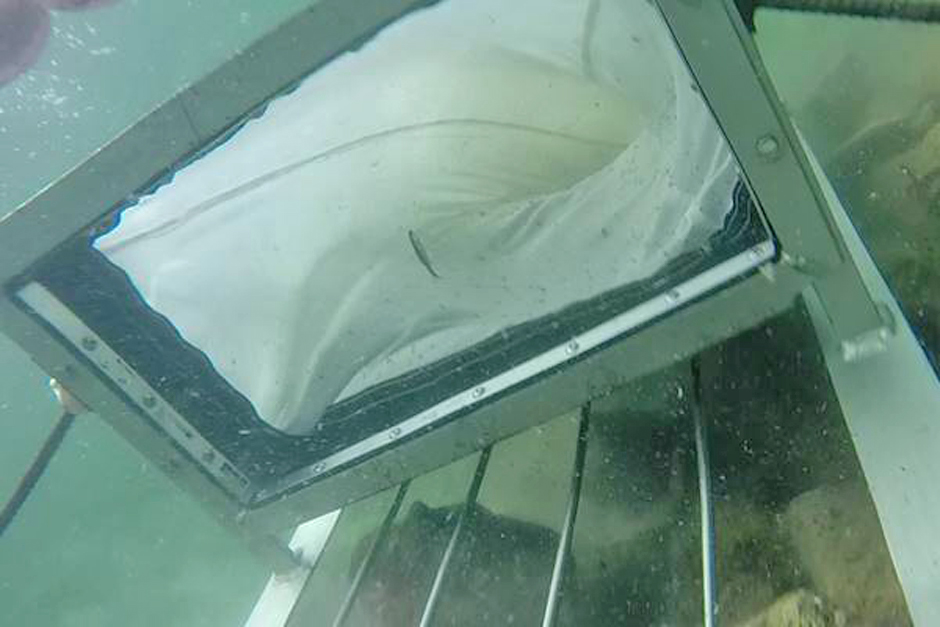Ridding Yellowstone Of Invasive Lake Trout

Once a stable home for cutthroat trout, Yellowstone Lake is now threatened by invasive stocks of lake trout. Scientists say that an over-eager angler is likely to blame.
“They were introduced from Lewis Lake, which is on the opposite side of the continental divide,” said Lee Simard, a graduate student in natural resources at the University of Vermont who is helping with studies of lake trout in Yellowstone. “They had to have been transported by someone and then planted, and then the population just took off.”
The Problem with Lake Trout
The lake trout are harmful to the native cutthroat trout in Yellowstone for many reasons. For one, cutthroats have shorter life cycles than lake trout. The trouts’ longer life span means it is easier for lake trout to outgrow them in size. Being bigger than the native cutthroat allows the lakers to prey more readily on them. Cutthroats become the main meal for lake trout by age four, comprising about half of their diet.
Many initiatives are underway to fight the invasive lake trout problem at Yellowstone Lake. The National Park Service supports fishing efforts to pull out as many lakers as possible. Work with gill nets at different sites where the fish live has also been employed. Unfortunately, the issue is more complicated than those steps can control. Simard is working to attack the lake trout before they even grow up.
“We’re doing more on the research side to look at lake trout early life stages,” said Simard, discussing his work that focuses on spawning sites. “It could help managers suppress and control populations faster.”
The Solution
He and others at the University of Vermont, including his advisor Ellen Marsden, professor of fisheries, and Steven Cluett, captain of the research vessel Melosira, use different equipment to study spawning sites in Yellowstone Lake. These include gillnets and passive traps that capture lake trout and their fry. These have helped study lake trout numbers around spawning areas, but scientists say they aren’t proactive enough. Cluett designed and built a custom benthic sled to get around that issue.
“We wanted to develop a more active method, so we decided to create a benthic sled,” said Simard. It works by using a pressure washer to send water through its manifold and shoot water into the substrate to dislodge lake trout fry. “The eggs trickle into crevices, but any eggs we tow it over are thrown into the water column and into the net. It washes them out of the substrate and makes them accessible.”
The new sled was used this past spring at 15 different sites in the lake on about 75 various tows. Not many fry were captured due to those efforts, says Simard, but there were some found around Carrington Island, which sits on the western shore of Yellowstone Lake.
The sled and much of the other sampling equipment used in Yellowstone Lake are also being used in complementary work. One such study is looking at populations of lake trout in Lake Champlain. However, the issue is different in Lake Champlain. Native stocks of lake trout in Champlain are not successfully entering into the population and scientists want to know why.
“In the Great Lakes, there are healthy lake trout populations, but they’re all stocked,” said Simard. “We’re trying to restore them in the Great Lakes, where they’re native, using the same science that we’re using to remove them from Yellowstone Lake, where they’re invasive.”
Wyoming Trout Unlimited is funding the project.



0 comments